Belgian painter René Magritte’s dreamlike aesthetic and evocative symbols have ensured him enduring legacy. Strongly influenced by the Surrealism art movement, Magritte used visual imagery associated with the subconscious to create art without the intention of logical comprehensibility. In his paintingPainting is a fundamental form of visual art that has been practiced for thousands of years. It involves applying pigment to a surface such as canvas, paper, or a wall. Painting can be explored through various styles, techniques, and mediums, each offering unique possibilities for expression and creativity. Historical Background • Ancient Beginnings: The history of painting dates back to More “The Son of Man”, Magritte plays with the mental conflict of wanting to see and understand what is hidden.
Where is René Magritte’s “Son of Man” original today?
René Magritte’s “The Son of Man” (1964) original is currently part of a private collection.
What’s in it – René MagritteRené Magritte (1898 – 1967) was a Belgian artist of the surrealist movement. He is best known for his thought-provoking surrealist images presenting common objects in an unusual context, having viewers question their perceptions of reality. René Magritte, Son of Man (1965) Magritte was born to a wealthy manufacturer father. In 1912, his mother committed suicide by drowning herself in More “Son of Man” analysis
“Son of Man” – Meaning:
Who is “The Son of Man”? Magritte conceptualized “Son of Man” as a self-portrait. He shows himself as a man wearing a black overcoat and a bowler, standing in front of a low wall frontally facing the viewer. In the more distant background emerges the sea and a grey overcast sky. It is daytime and the sun casts a shadow onto the left side of the man’s face. Unexpectedly, his face is obscured by a hovering plumb green apple with four leaves, hiding the middle part of his face and only leaving his eyes to peek right above the edge of the apple. Further puzzling is the shape of the man’s left arm: The elbow is pointing out as if the man had turned his back towards the viewer.
Regarding “The Son of Man”, Magritte commented himself:
“At least it hides the face partly well, so you have the apparent face, the apple, hiding the visible but hidden, the face of the person. It’s something that happens constantly. Everything we see hides another thing, we always want to see what is hidden by what we see. There is an interest in that which is hidden and which the visible does not show us. This interest can take the form of a quite intense feeling, a sort of conflict, one might say, between the visible that is hidden and the visible that is present.”
What’s the context of “The Son of Man” by Magritte?
The 1960s brought Magritte an increase in public awareness of his work internationally and he continued his prolific output. Despite having been diagnosed with pancreatic cancer in 1963, the artist was able to travel to New York for a retrospective of his art at the Museum of Modern Art including René Magritte’s “Son of Man”. After he died in 1967, his artwork has further increased in popularity. Numerous playful homages to the picture have been created in popular culture. The green apple has further become a motif widely adapted in culture and branding – it inspired the Beatles to name their record company “Apple Corps”, and subsequently Steve Jobs to name his company “Apple Computer”.
Chatter and Prattle
The Son of Man, René MagritteRené Magritte (1898 – 1967) was a Belgian artist of the surrealist movement. He is best known for his thought-provoking surrealist images presenting common objects in an unusual context, having viewers question their perceptions of reality. René Magritte, Son of Man (1965) Magritte was born to a wealthy manufacturer father. In 1912, his mother committed suicide by drowning herself in More – Facts:
- Throughout his career, Magritte used evocative symbols like bowler hats, cloudy dreamscapes, and half-obscured visages. The leitmotif of covering faces has been attributed to the artist’s childhood tragic: Magritte’s mother committed suicide drowning herself in the River Sambre when he was 13 years old. When his mother was found, her dress covered her face – an image that has been suggested to be the source of the artist’s motive of obscured faces.
- Psychoanalysts have attributed the same incident of the mother’s tragic death with Magritte’s persistent fluctuation between illusion and reality in his art, associating the occurrence with the constant shifting from his wish (mother alive) and the factual (mother dead).
Do you want to comment on this text about the “Son of Man” paintingPainting is a fundamental form of visual art that has been practiced for thousands of years. It involves applying pigment to a surface such as canvas, paper, or a wall. Painting can be explored through various styles, techniques, and mediums, each offering unique possibilities for expression and creativity. Historical Background • Ancient Beginnings: The history of painting dates back to More by René MagritteRené Magritte (1898 – 1967) was a Belgian artist of the surrealist movement. He is best known for his thought-provoking surrealist images presenting common objects in an unusual context, having viewers question their perceptions of reality. René Magritte, Son of Man (1965) Magritte was born to a wealthy manufacturer father. In 1912, his mother committed suicide by drowning herself in More or add information? We would like to hear from you.
Recommended Readings:
This article may contain compensated links. Please read Disclaimer for more info. As an Amazon Associate, I earn from qualifying purchases.
Stephanie D’Alessandro et al. (2013): Magritte: The Mystery of the Ordinary, 1926-1938
Guido Comis et al. (2019): René Magritte: Life Line
Didier Ottinger (2017): Magritte: The Treachery of Images
Kathleen Rooney et al. (2016): René Magritte: Selected Writings
Siegfried Gohr (2009): Magritte: Attempting the Impossible

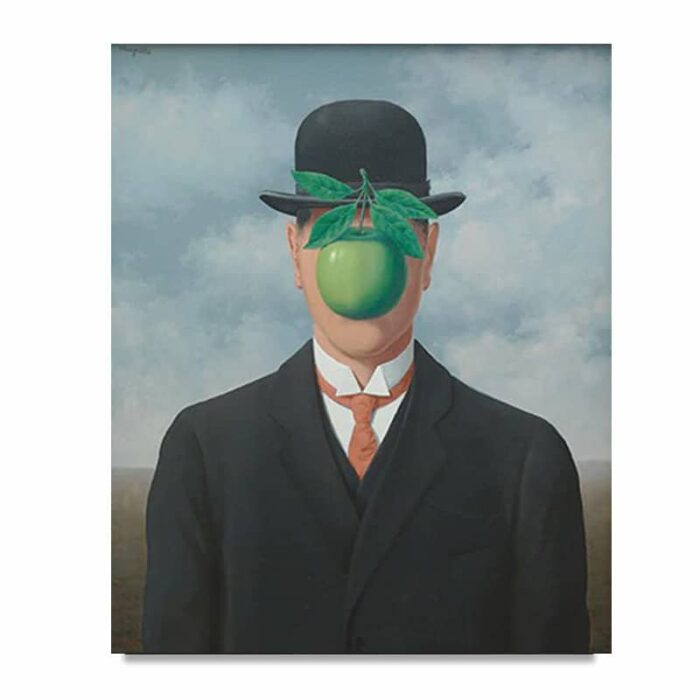


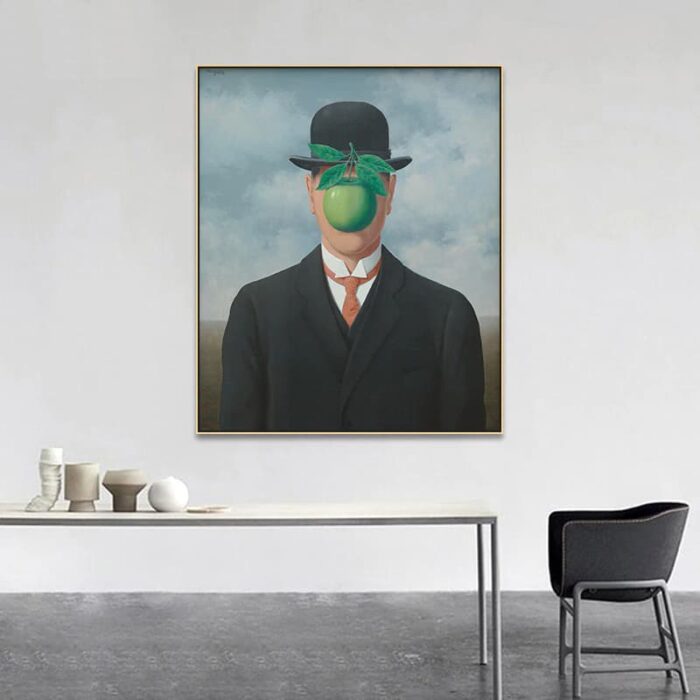
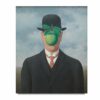



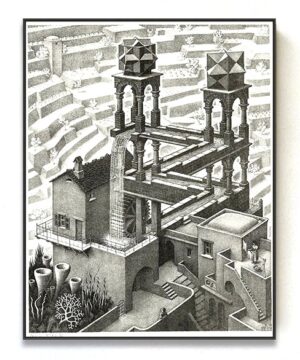
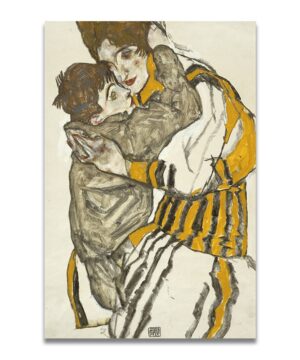
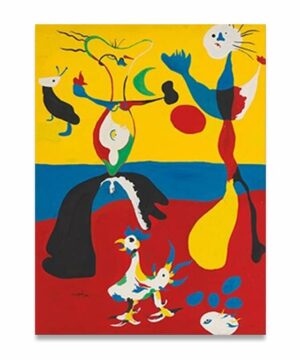
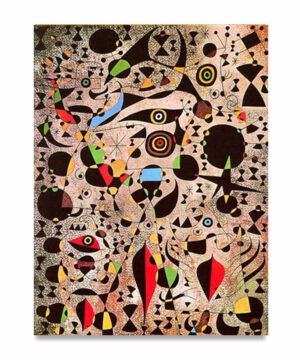
Reviews
There are no reviews yet.